Our Country India Class 4 Notes SST
| Table of contents |

|
| India |

|
| Land Area and Neighboring Countries |

|
| Political Divisions |

|
| Physical Divisions |

|
| Beauty of India |

|
India
India is a country located in the continent called Asia. It is the seventh-largest country in the whole world by size. This means there are only six countries bigger than India. But when it comes to people living in the country, India is the second-largest in the world. Only China has more people than India.
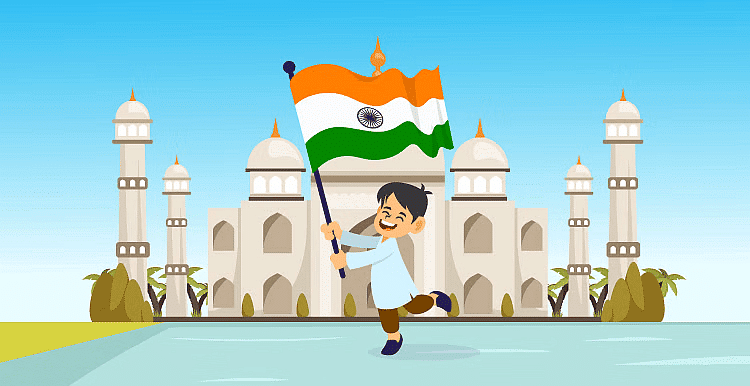 India is often likened to a kite, broad in the middle and narrow at thetop and bottom, giving it a unique and recognizable shape. The State of Jammu and Kashmir is metaphorically described as a crown onMother India's head, symbolizing its significance and beauty.
India is often likened to a kite, broad in the middle and narrow at thetop and bottom, giving it a unique and recognizable shape. The State of Jammu and Kashmir is metaphorically described as a crown onMother India's head, symbolizing its significance and beauty.
Land Area and Neighboring Countries
India shares its borders (the lines between countries) with many other countries. The countries that are right next to India on land are:
- Pakistan and Afghanistan to the west.
- China, Nepal, and Bhutan to the north.
- Bangladesh and Myanmar to the east.
Some countries are not connected by land, but they are close to India across the sea. These countries are:
- Sri Lanka is to the south-east of India.
- Maldives is to the south-west of India.
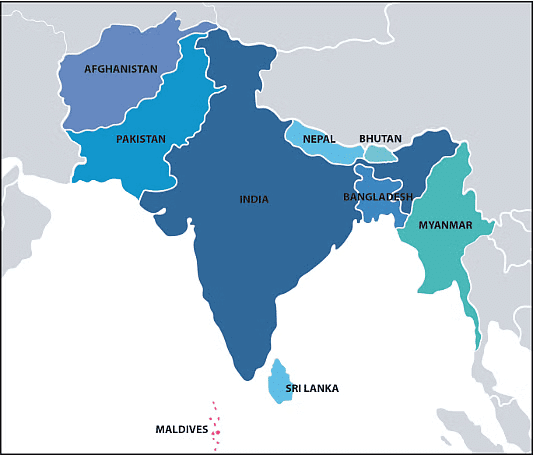 Neighbouring Countries of India
Neighbouring Countries of India
India's Size
- From North to South, India is 3,214 kilometers long. This means if you travel from the very top to the very bottom, you will cover that distance.
- From East to West, India is 2,933 kilometers wide. This means if you travel from the eastern side to the western side, it is that far.
India's Islands
India also has islands, which are pieces of land surrounded by water. Two main groups of islands belong to India:
- Andaman and Nicobar Islands are located in the Bay of Bengal (on the eastern side).
- Lakshadweep Islands are located in the Arabian Sea (on the western side).
India's Size in the World:
India is the seventh-largest country in the world by size. The six countries bigger than India are (in serial order):
 Six Countries larger than India
Six Countries larger than India
Political Divisions
- India became an independent country on 15th August 1947. This means India became free from British rule and started ruling itself.
- Today, India is made up of 28 states and 8 Union Territories. These Union Territories are smaller than states and are directly controlled by the national government of India.
- One of the Union Territories is the National Capital Territory of Delhi, where the capital city of India, New Delhi, is located.
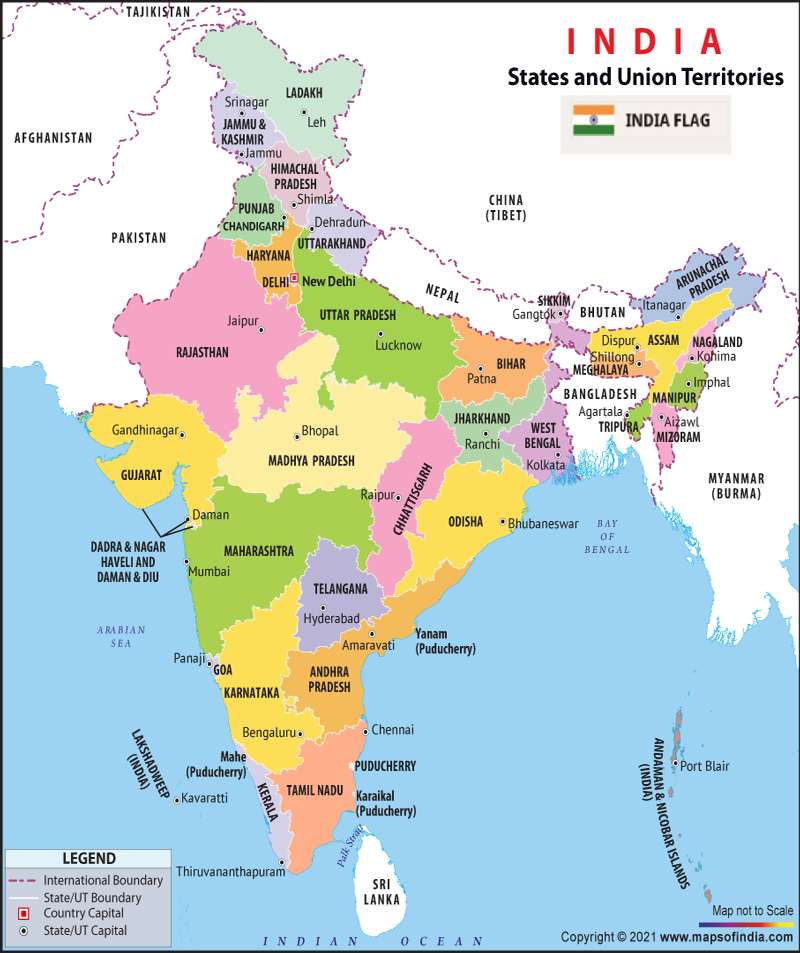 Stated & Union territories in India
Stated & Union territories in India
On a map of India (called a political map), you can see the names of all the states and Union Territories. Each state and Union Territory has a capital city, which is like the main city where the government works from.
Here are a few more interesting facts about India’s states:
Rajasthan is the largest state in India in terms of area, which means it covers the most land.
Goa is the smallest state in terms of area.
In the north-eastern part of India, there are seven states that are grouped together and called the Seven Sisters.
 Seven Sisters States
Seven Sisters States
A new state called Telangana was created from the state of Andhra Pradesh.
- The capital of Telangana is Hyderabad.
- The capital of Andhra Pradesh is Amaravati.
Physical Divisions
India's physical landscape is characterized by remarkable diversity:
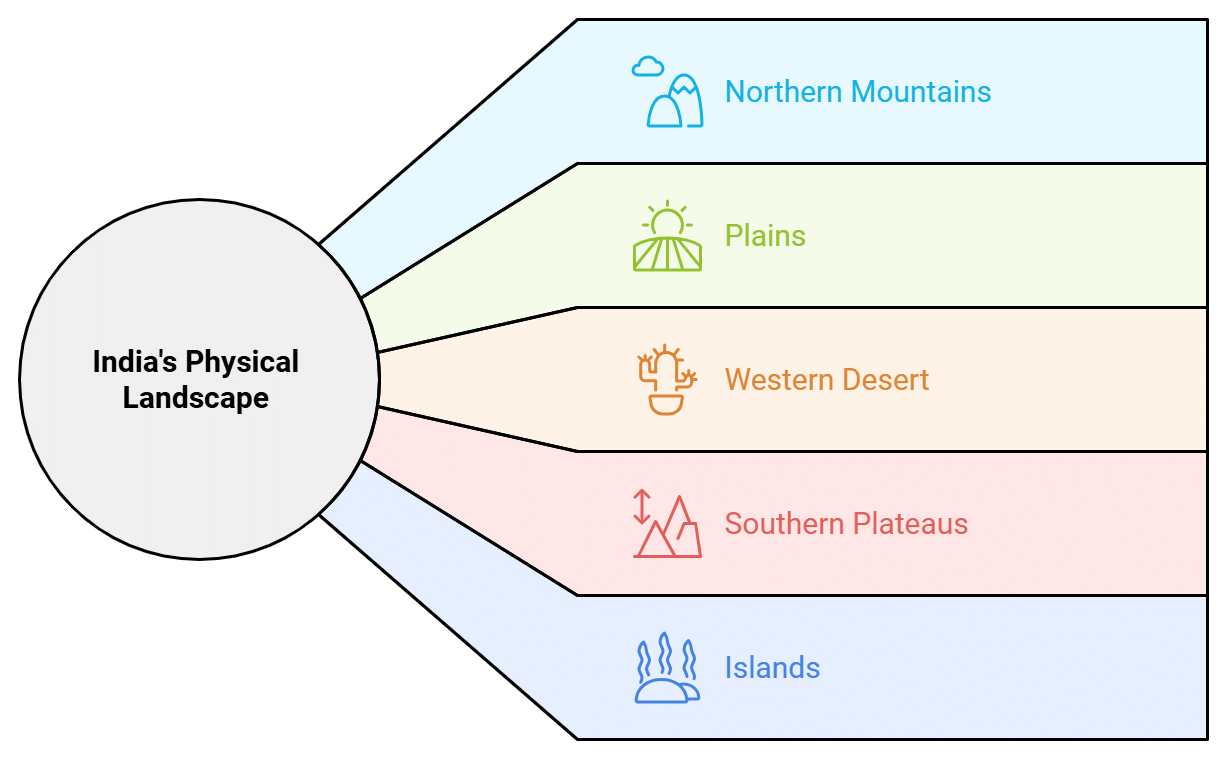 Physical Divisions of India
Physical Divisions of India
- Northern Mountains: The Himalayas, including famous peaks like Mount Everest, shape India's northern frontier.
- Plains: The fertile plains, such as the Indo-Gangetic plains in the north, support extensive agriculture.
- Western Desert: Rajasthan features the Thar Desert, a vast arid region with unique flora and fauna adaptations.
- Southern Plateaus: Peninsular India boasts elevated plateaus like the Deccan Plateau, rich in mineral resources and ancient historical sites.
- Islands: The Andaman and Nicobar Islands in the Bay of Bengal are known for their pristine beaches and diverse marine ecosystems.
Beauty of India
- Diverse Landscapes: India is blessed with diverse landscapes, including majestic mountains, serene beaches, lush forests, and vibrant cities.
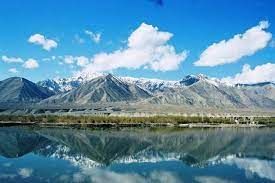 Landscapes in India
Landscapes in India
- Rich Cultural Heritage: India's cultural heritage is reflected in its ancient temples, magnificent palaces, colorful festivals, and traditional arts and crafts.
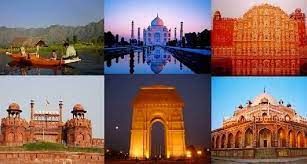 Heritage of India
Heritage of India
- Spiritual Retreats: India is home to spiritual destinations like the Ganges River, Varanasi, Rishikesh, and Tirupati, offering tranquility and spiritual experiences.
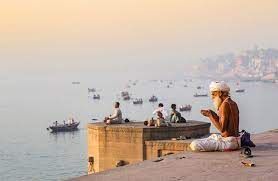 Spiritual Retreats
Spiritual Retreats
- Wildlife Sanctuaries: India's wildlife sanctuaries and national parks, such as Jim Corbett, Ranthambore, and Kaziranga, showcase its rich biodiversity and exotic wildlife.
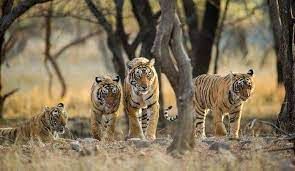
- Architectural Marvels:The architectural wonders of India, such as the Taj Mahal, Jaipur's palaces, Hampi's ruins, and Khajuraho temples, are a testament to its historical grandeur.
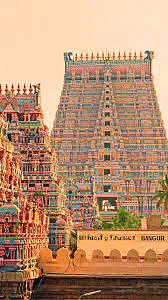
- Culinary Delights:Indian cuisine, with its diverse flavors, spices, and regional specialties, offers a gastronomic journey that delights the senses.
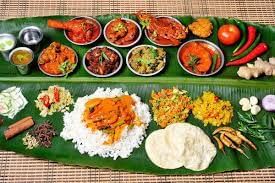
- Vibrant Markets: India's bustling markets and bazaars, like Delhi's Chandni Chowk and Mumbai's Colaba Causeway, offer a vibrant mix of colors, sounds, and experiences.
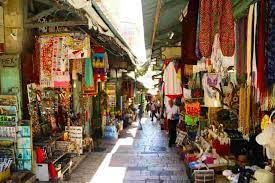
Fun Facts
- Rajasthan holds the distinction of being India's largest state in terms of land area, while Goa is the smallest.
- The northeastern region, often referred to as the "Seven Sisters," comprises seven states known for their cultural richness and natural beauty.
- Telangana, carved out of Andhra Pradesh in 2014, has Hyderabad as its capital, while Amaravati serves as the capital of Andhra Pradesh.
|
49 videos|177 docs|46 tests
|
FAQs on Our Country India Class 4 Notes SST
| 1. भारत का कुल भूमि क्षेत्र कितना है ? |  |
| 2. भारत के पड़ोसी देशों के नाम क्या हैं ? |  |
| 3. भारत के राजनीतिक विभाजन क्या हैं ? |  |
| 4. भारत की भौगोलिक विविधताएँ क्या हैं ? |  |
| 5. भारत की प्राकृतिक सुंदरता किस प्रकार की है ? |  |
















